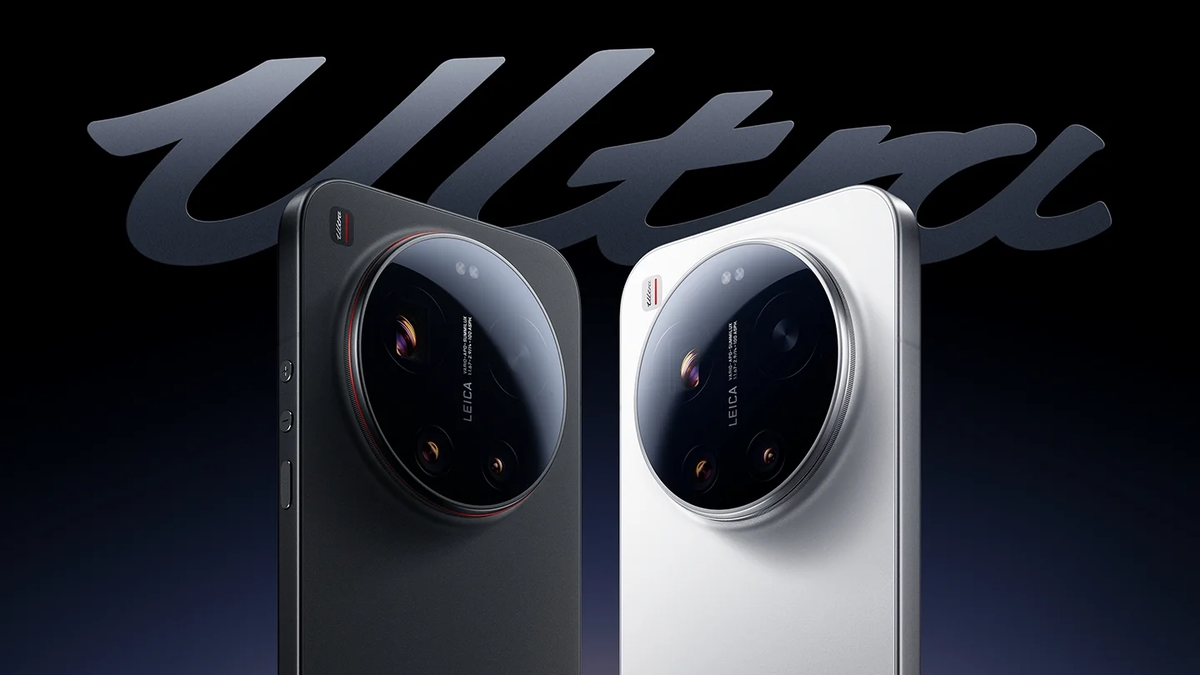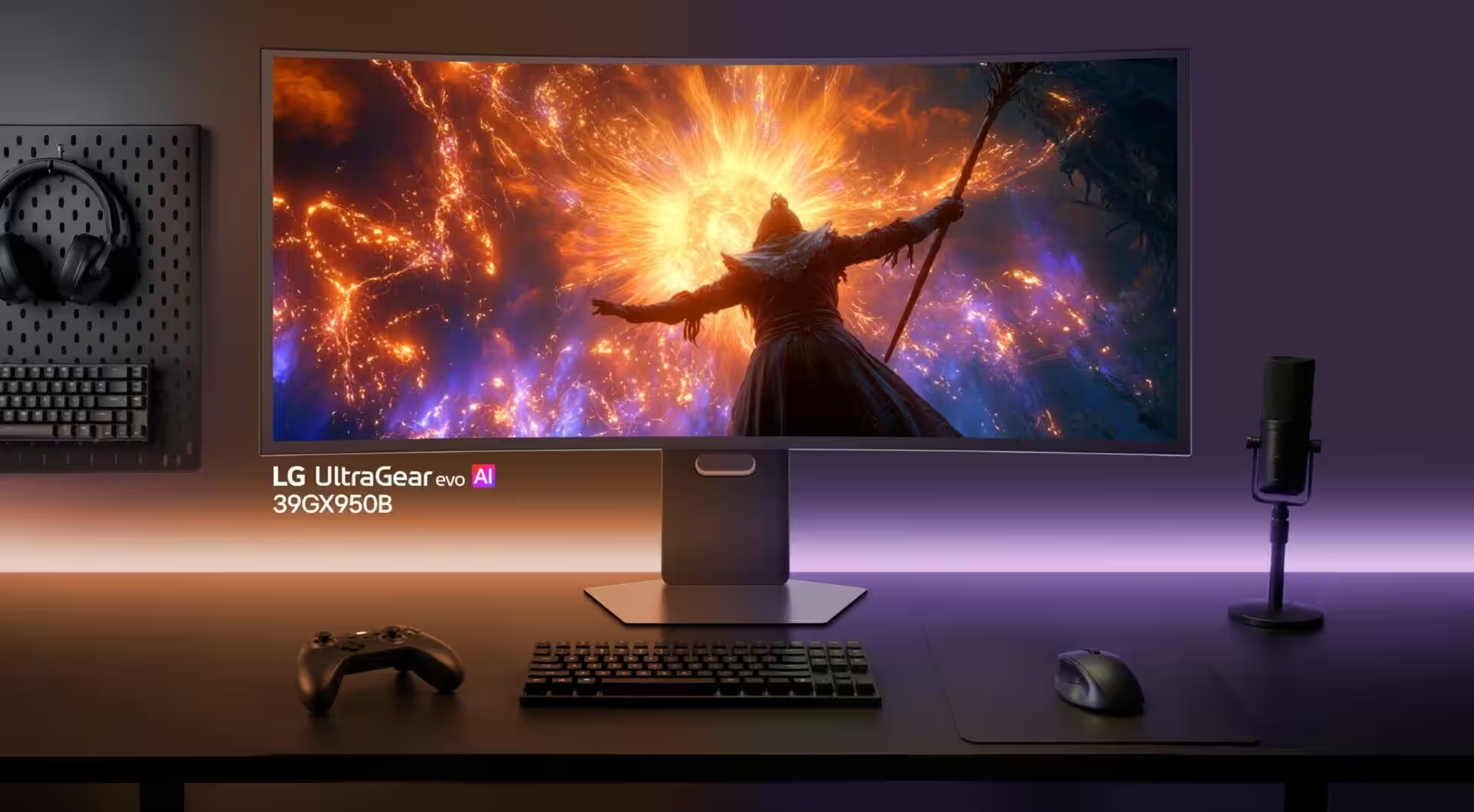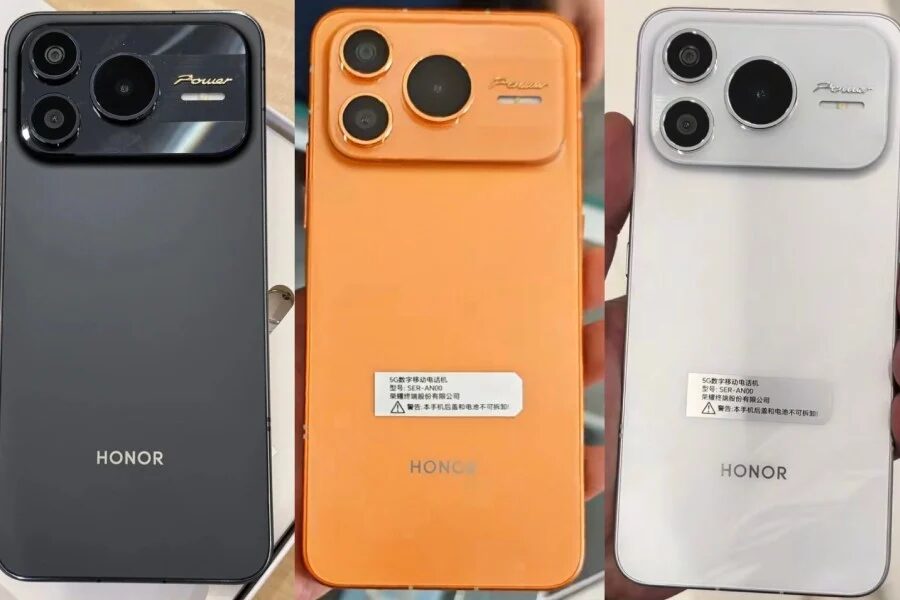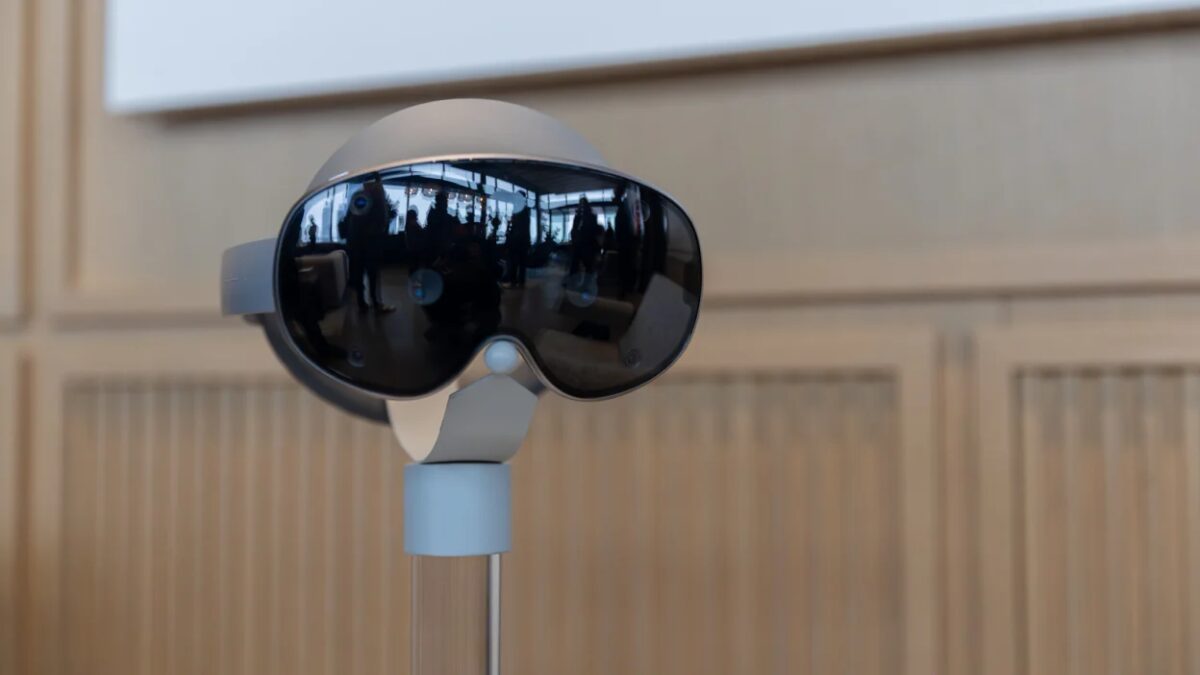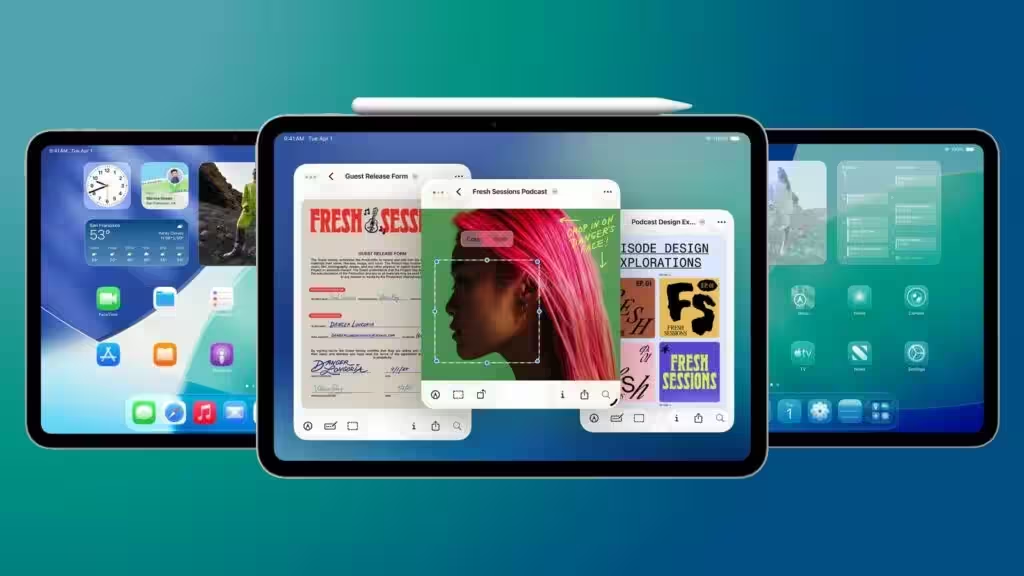What is an eSIM and is it really better than a physical SIM card?
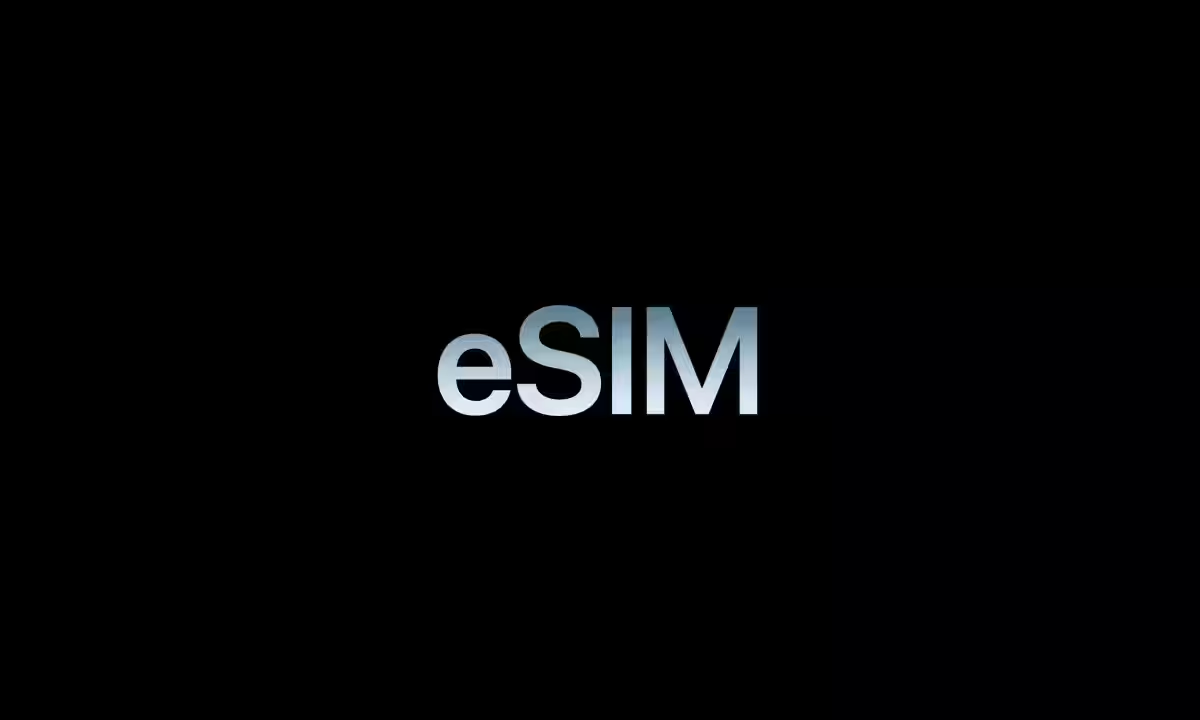
The world of eSIMs has taken a huge step forward in the last month, first with Google launching the eSIM-only Pixel 10 lineup in the US, and then Apple expanding the regions where eSIM-only was available for the iPhone 17.
The latter is especially important, as the new ultra-thin iPhone Air exclusively supports eSIM regardless of the region of sale. As more and more phones are eSIM-only every year, many companies will be doing away with the physical SIM card altogether in the relatively near future.
What is this new (or old) SIM card standard? What is the history of this SIM and which phones support only eSIM and in which regions?
The history of the SIM card and Apple’s influence
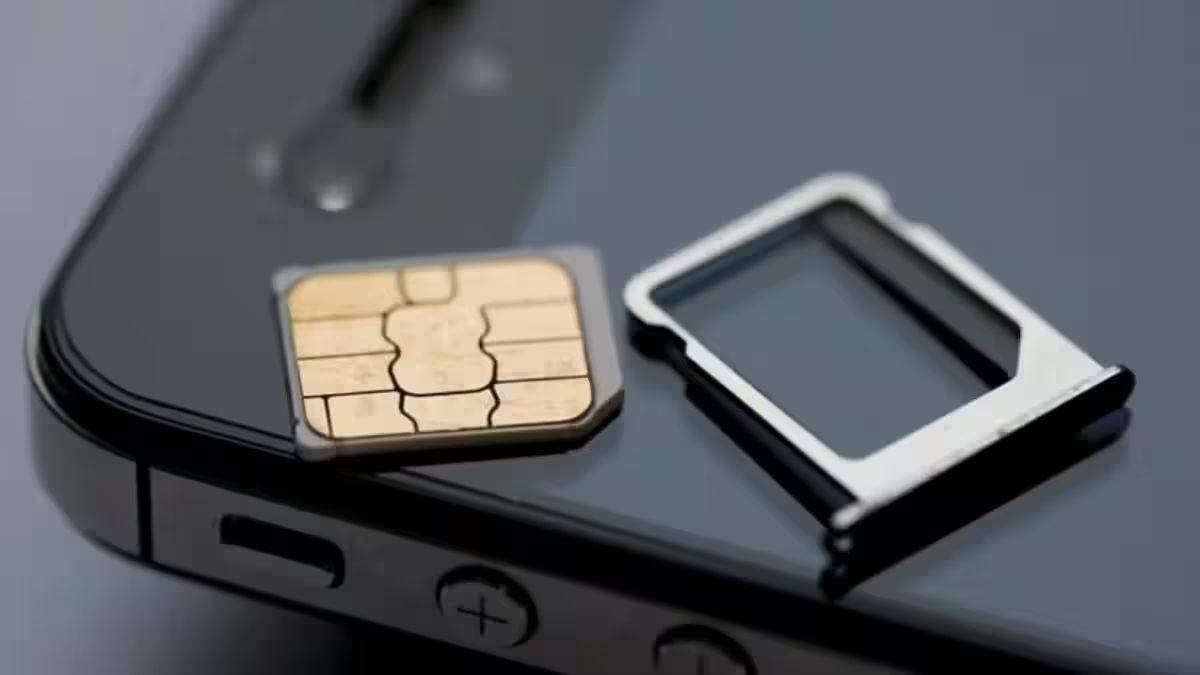
The first SIM card was made in 1991 by German company Giesecke+Devrient and was the size of a credit card. The modern form factor of small SIM cards that can fit in phones originated with the mini SIM, released in 1996, which was widely used in phones with removable batteries before the iPhone was introduced.
The mini SIM is the first SIM card that can fit in phones with removable batteries.
The inevitable eSIM-only future — it’s not Apple’s only advancement in SIM technology, as the company ushered in the micro SIM era with the iPhone 4 in 2010. As phones continued to shrink in size, and it’s important when designing phones to intelligently utilize every inch of internal device space, the SIM card inevitably shrank as well.
Then came the next version, the nano SIM. Appearing just two years after the micro SIM, it has been the standard in most modern phones for the past thirteen years. However, given the history of SIM cards, an eSIM-only future seems inevitable.
What is eSIM and what are its benefits?”
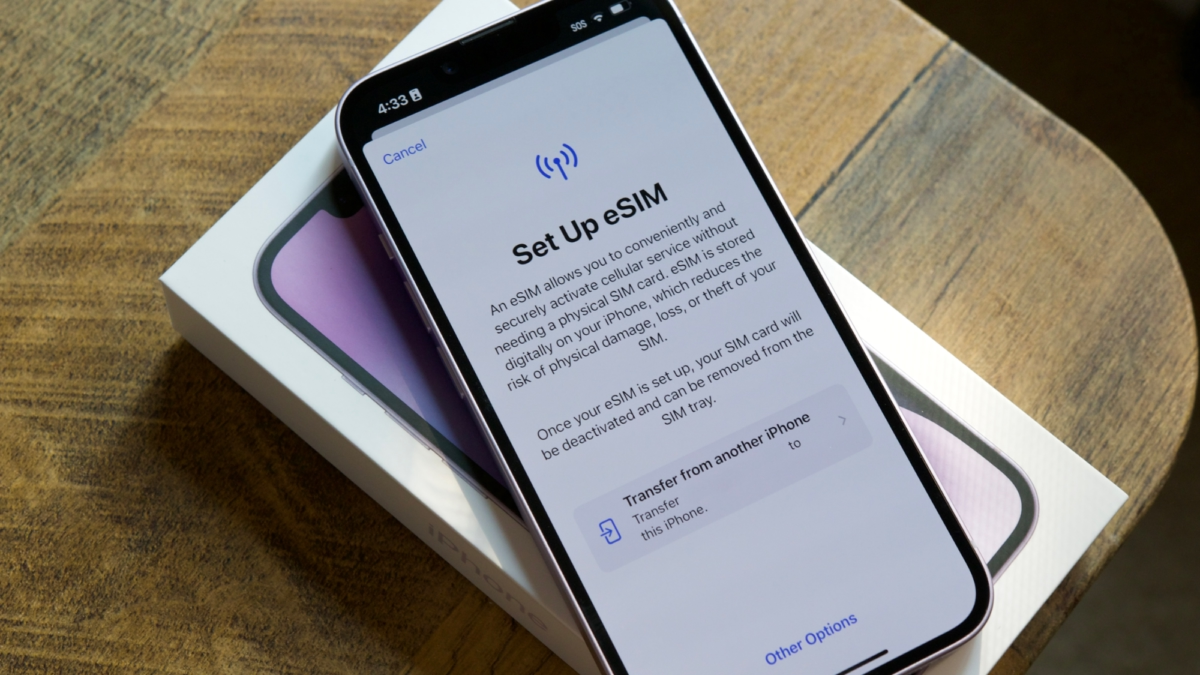
eSIM first appeared on phones just two years after nano SIM. First unveiled in March 2016, the first eSIM-enabled phone in the Pixel 2 lineup arrived just 18 months later.
This ushered in the era of eSIM, or embedded SIM. Put simply, SIM card technology is built into the phone itself, rather than using a physical SIM card to access the network. That means it’s easy to add an eSIM when you’re traveling, switching carriers, or need two SIM cards on the same phone.
The latter is the main reason eSIMs exist: most phones can store up to eight built-in SIM cards, although only two SIM cards (whether both physical SIMs, both eSIMs, or a combination of the two) can be active at a time.
Why might this be important? If you’re a frequent visitor to a country – vacationing or traveling for business – you may want a local phone number. Similarly, you may also decide you want to use one of the best eSIM services for roaming, such as Airalo or Holafly. Instead of looking for a local SIM card immediately after you land, or a spare phone to use that spare SIM card, you can add them all to your phone and turn them on as needed.
Problems of eSIMs
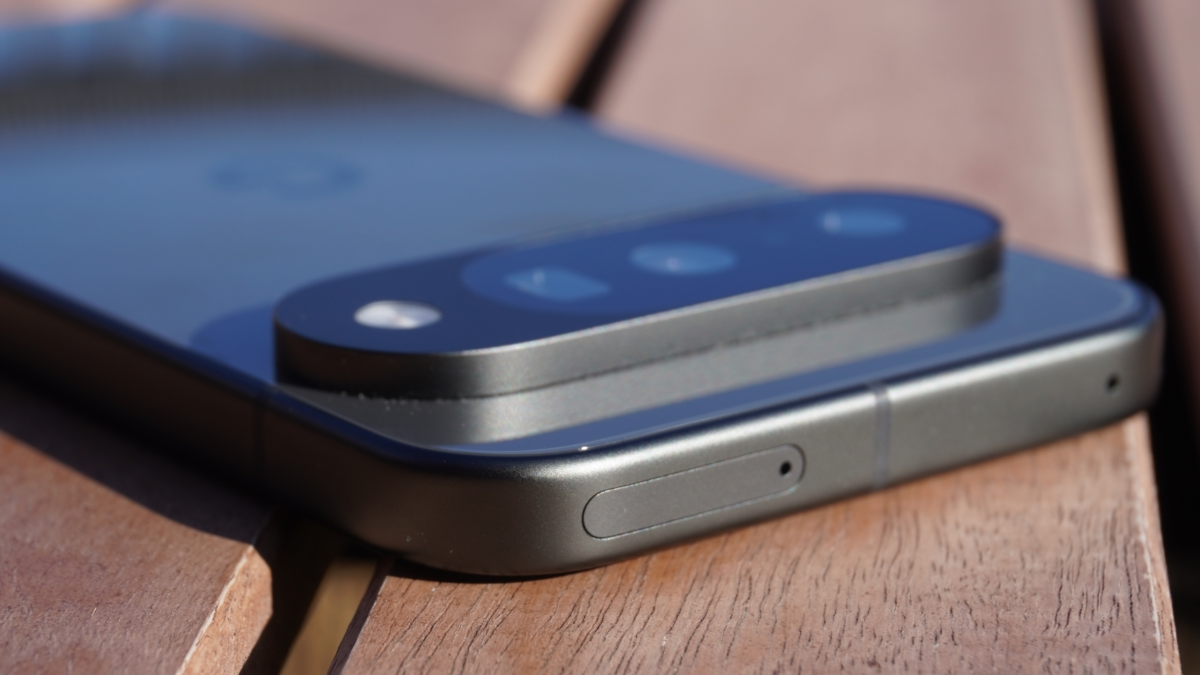
If you have eSIM enabled on your phone, it’s the most convenient way to switch between different phone numbers or carrier networks.
If you don’t have an eSIM installed or you bought a new phone, however, using an eSIM will be more difficult than moving a physical SIM card between phones, at least in the near future. Unfortunately you couldn’t transfer eSIM data between different phones. You have to request them from your cell phone carrier.
Android 16 and iOS 26 make it easier to transfer eSIM data between phones, even when you change platforms. Even though some carriers require you to contact them – whether for legal or other reasons – eSIM transfers will become more convenient.
It’s still much more complicated to activate an eSIM than the physical version of the card, though. Some carriers require you to use their app or support channels to request a new eSIM, while others offer simpler integration, allowing you to set up and activate an eSIM directly on your phone.
Some carriers require you to use their app or support channels to request a new eSIM, while others offer easier integration, allowing you to set up and activate an eSIM directly on your phone.
Which phones only support eSIM and in which regions?”
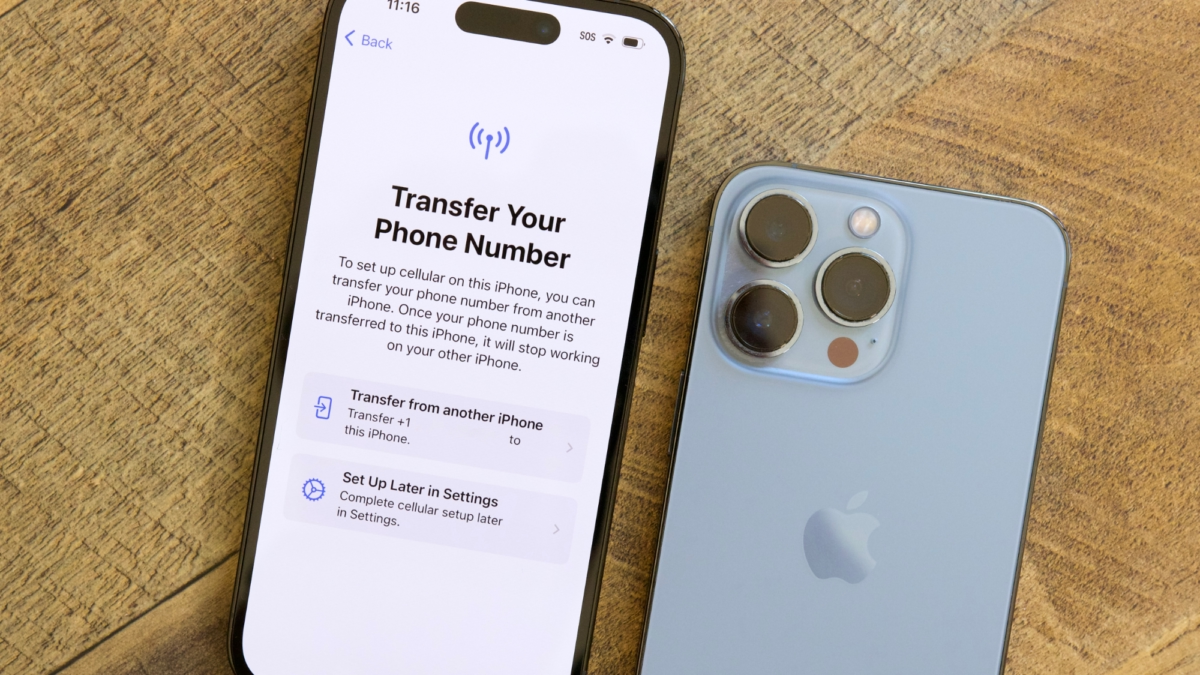
Here’s a complete list of all the phones and countries that are sold without physical SIM support. Most phones still use the nano-SIM along with the eSIM, although some phones in Asia do not support the global eSIM standard.
The phones in China warrant further consideration, as the iPhone Air — is the first phone to support the eSIM standard in China.
| Manufacturer | Smartphone model | Release | Region eSIM |
| Apple | iPhone Air | 19.09.2025 | All countries |
| Apple | iPhone 17 iPhone 17 Pro iPhone 17 Pro Max |
19.09.2025 | Bahrain Canada Guam Japan Kuwait Mexico Oman Katar Saudi Arabia United Arab Emirates US United States U.S. Virgin Islands |
| Pixel 10 Pixel 10 Pro Pixel 10 Pro XL |
28.08.2025 | US | |
| Apple | iPhone 16e | 28. 02.2025 | US Puerto Rico Japan |
| Apple | iPhone 16 iPhone 16 Plus iPhone 16 Pro iPhone 16 Pro Max |
20.09.2024 | USA Puerto Rico Japan |
| Apple | iPhone 15 iPhone 15 Plus iPhone 15 Pro iPhone 15 Pro Max |
22.09.2023 | USA Puerto Rico Japan |
| Apple | iPhone 14 iPhone 14 Plus iPhone 14 Pro iPhone 14 Pro Max |
16.09.2022 | USA Puerto Rico Japan |
| Motorola | Razr 2020 | 06.02.2020 | World |
One of the key benefits of the iPhone 17 Pro supporting only eSIM
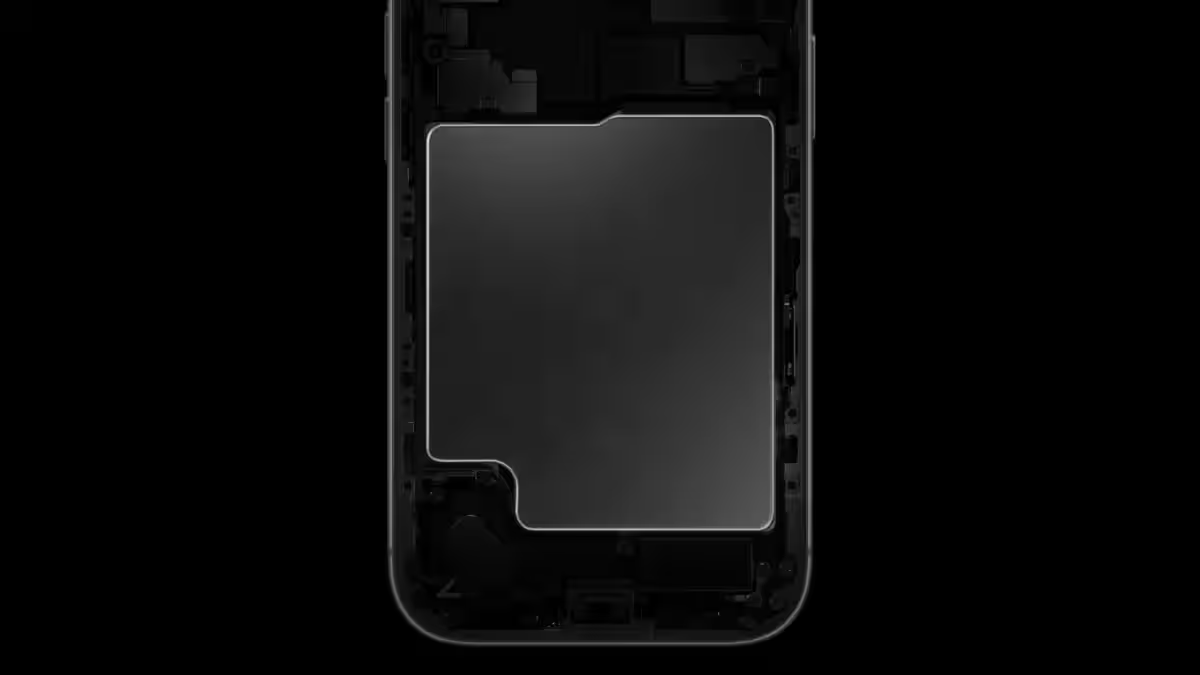
As you can see, Motorola was the first to release an eSIM-enabled phone back in 2020, but due to its high price and unique form factor, it didn’t really impress buyers like Apple, which released an eSIM-enabled model two years later.
This year, eSIM support is set to get even better. Along with the eSIM-only iPhone Air, Apple also announced that the eSIM-only iPhone 17 Pro will feature a larger battery.
This is the first time a company has achieved tangible benefits from an eSIM-only phone, and other phone makers will inevitably follow suit. It also means that in the future, users can expect to see tangible benefits from eSIM-only phones, and even longer battery life is likely to be a worthwhile trade-off.
It’s also the first time that a company has achieved tangible benefits from an eSIM-only phone, and other phone makers will inevitably follow suit.
Why the iPhone Air and iPhone 17 Pro are important for eSIM development.
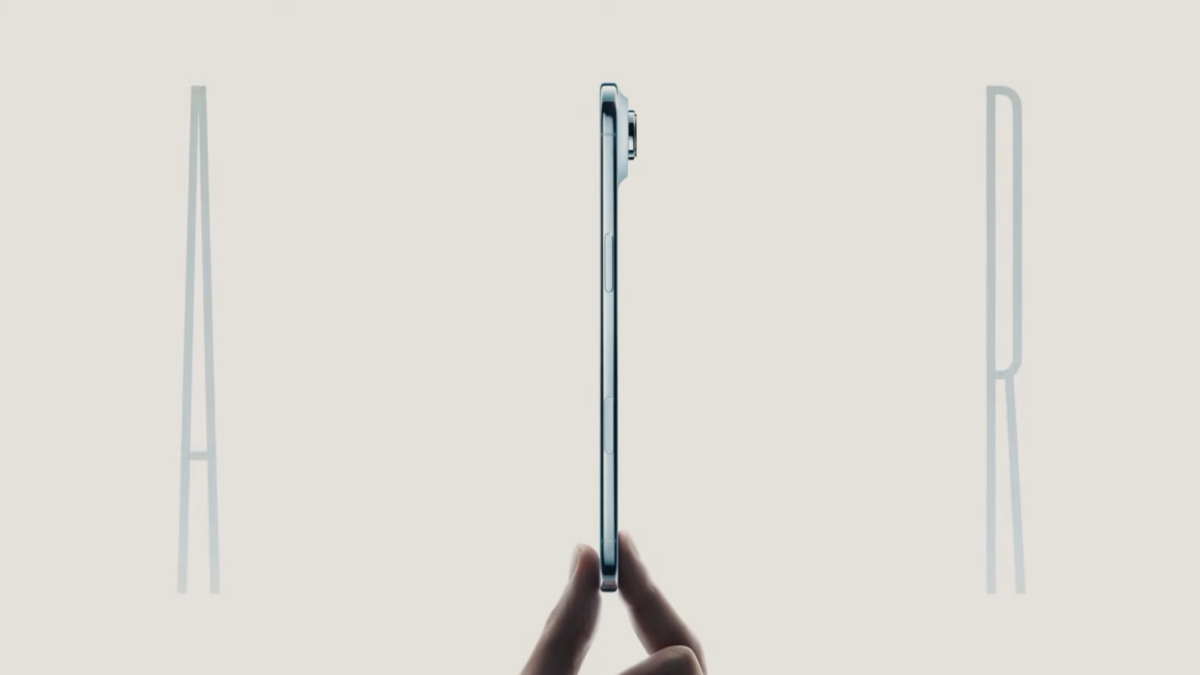
The tangible benefit of the extra battery life is worth it, especially as eSIMs are becoming much more convenient around the world.
The iPhone Air is a particularly important device in the context of an eSIM-only future. It’s Apple’s first step into the world of ultra-thin devices, which is likely to continue with the release of the iPhone Fold next year.
Many carriers currently lack the technology to support eSIMs, while others have methods that frustrate rather than delight customers. Still, the iPhone Air — is such a massive project that carriers will be rushing or developing plans to address these issues, especially since many of the best phones are likely to follow the Air’s lead in the coming years.

![Outcomes 2025: the memory crisis, agent-based AI and the failure of ultra-thin smartphones + [bonus] ForGeeks Podcast Outcomes 2025: the memory crisis, agent-based AI and the failure of ultra-thin smartphones + [bonus] ForGeeks Podcast](https://forgeeks.pro/wp-content/uploads/2025/12/exkwmm9t33zyr1hfbeeq.avif)
